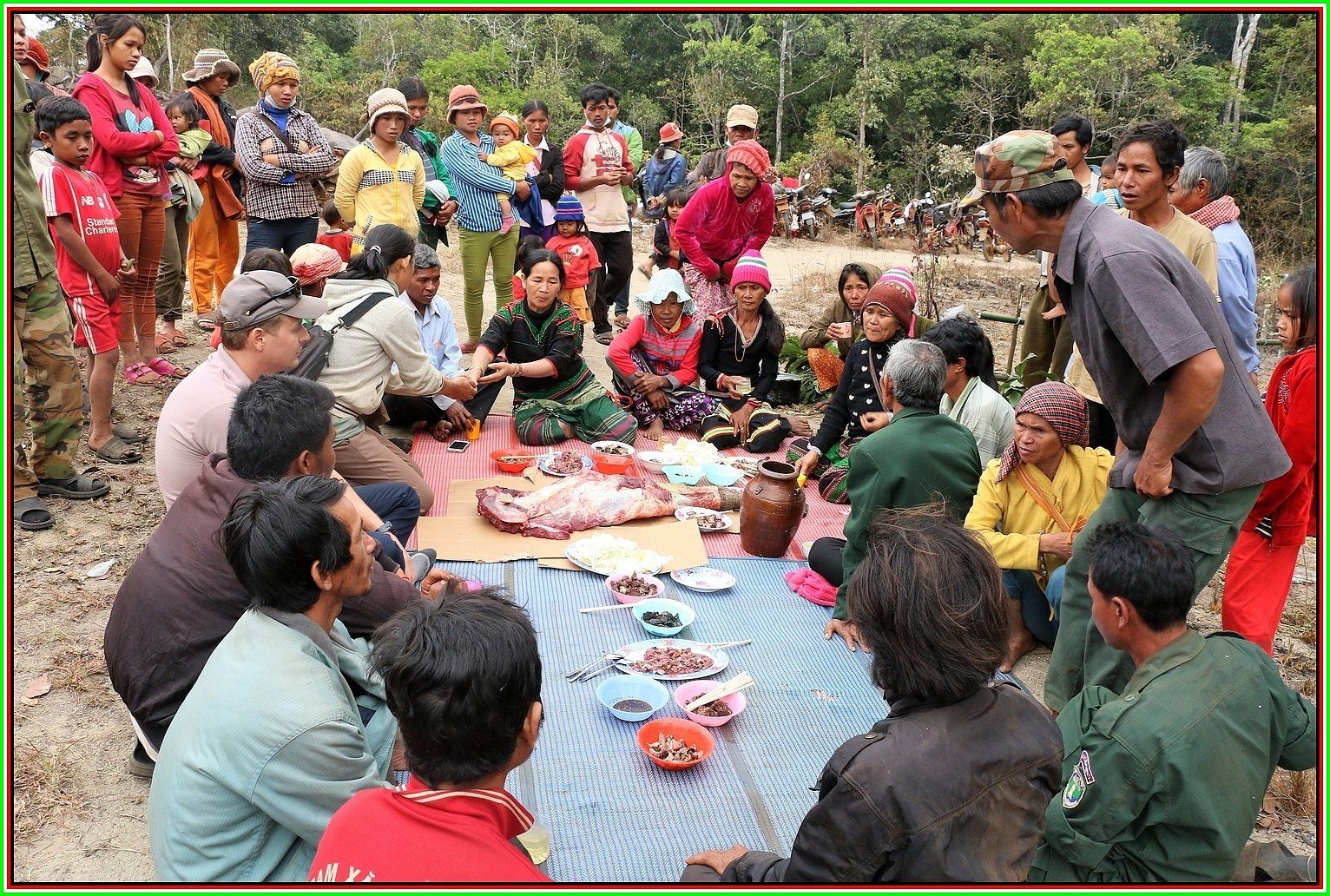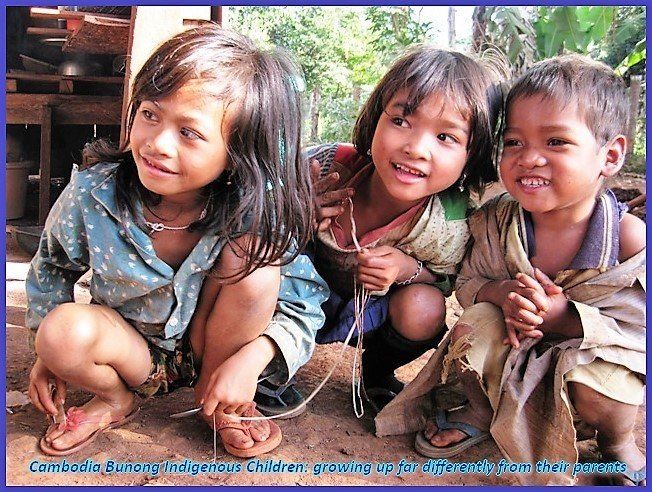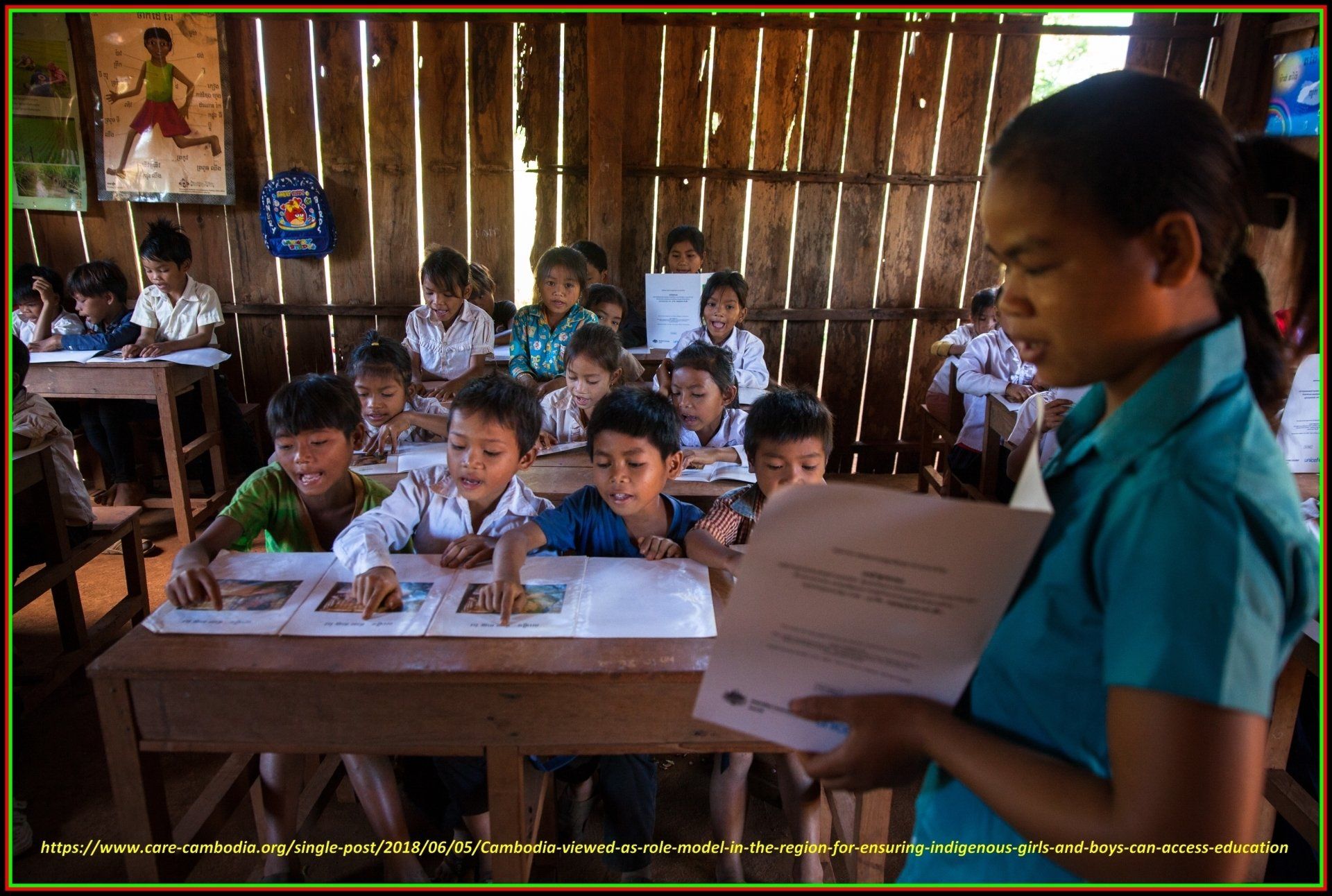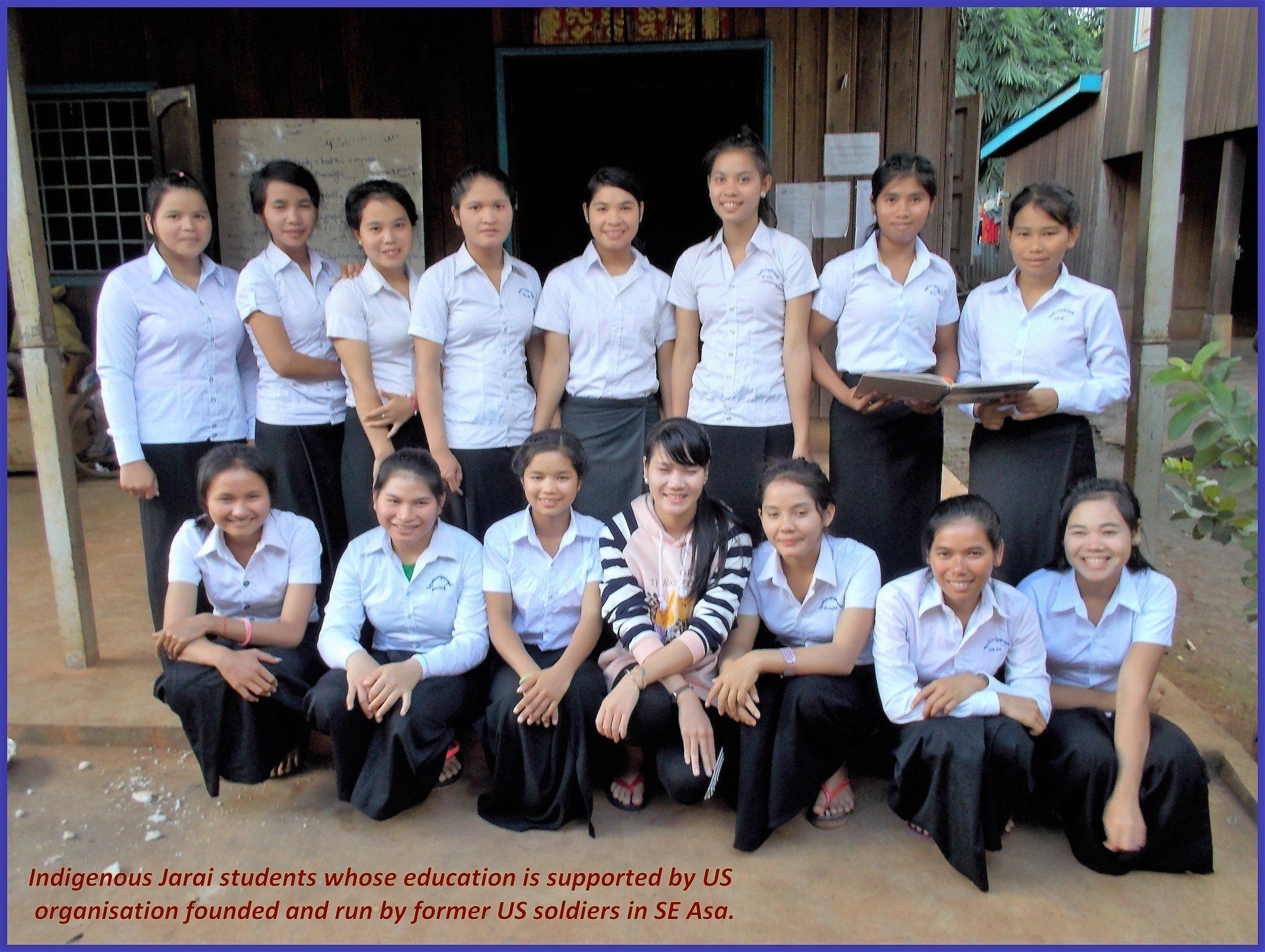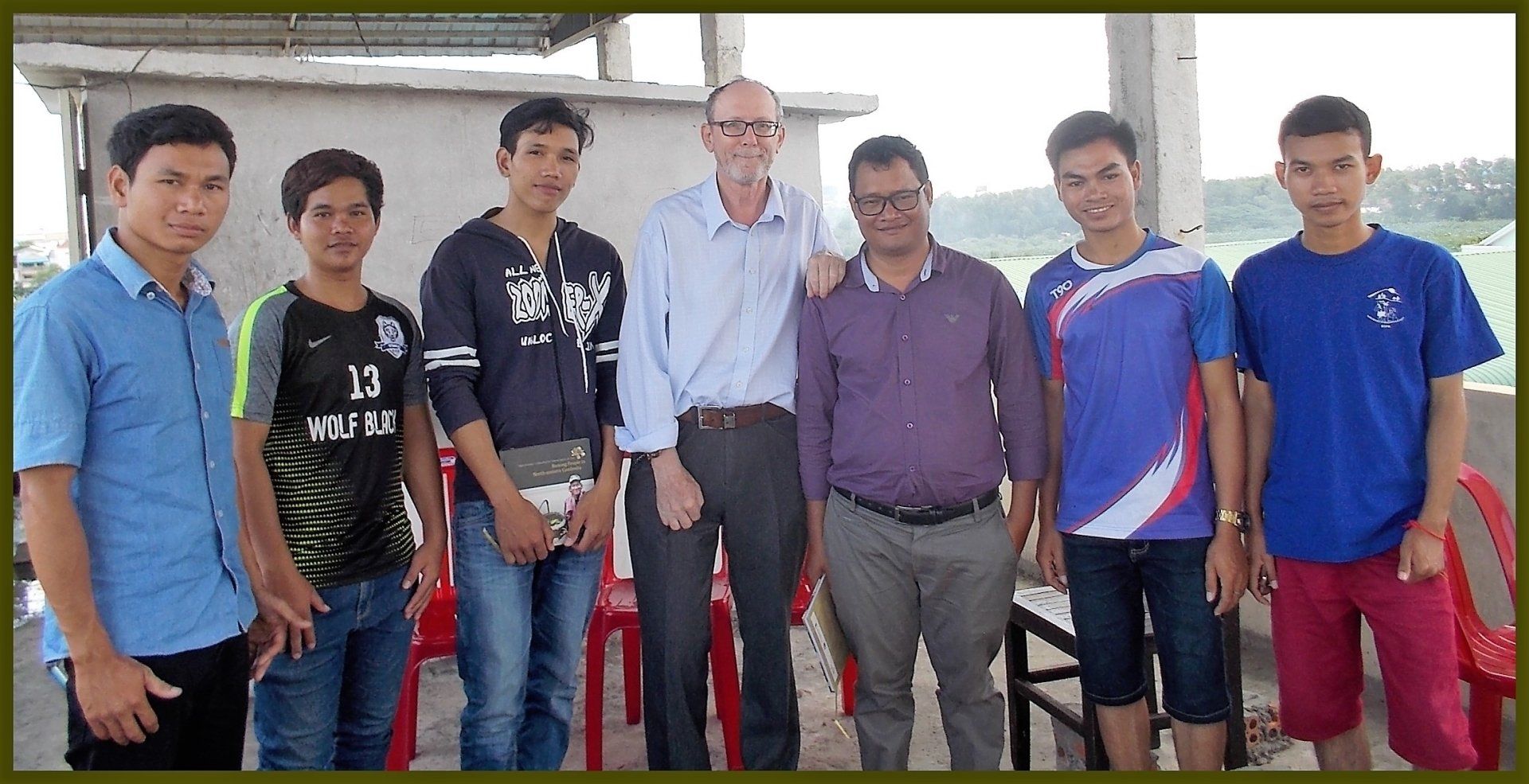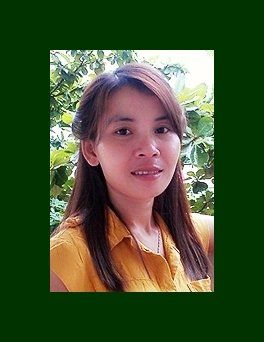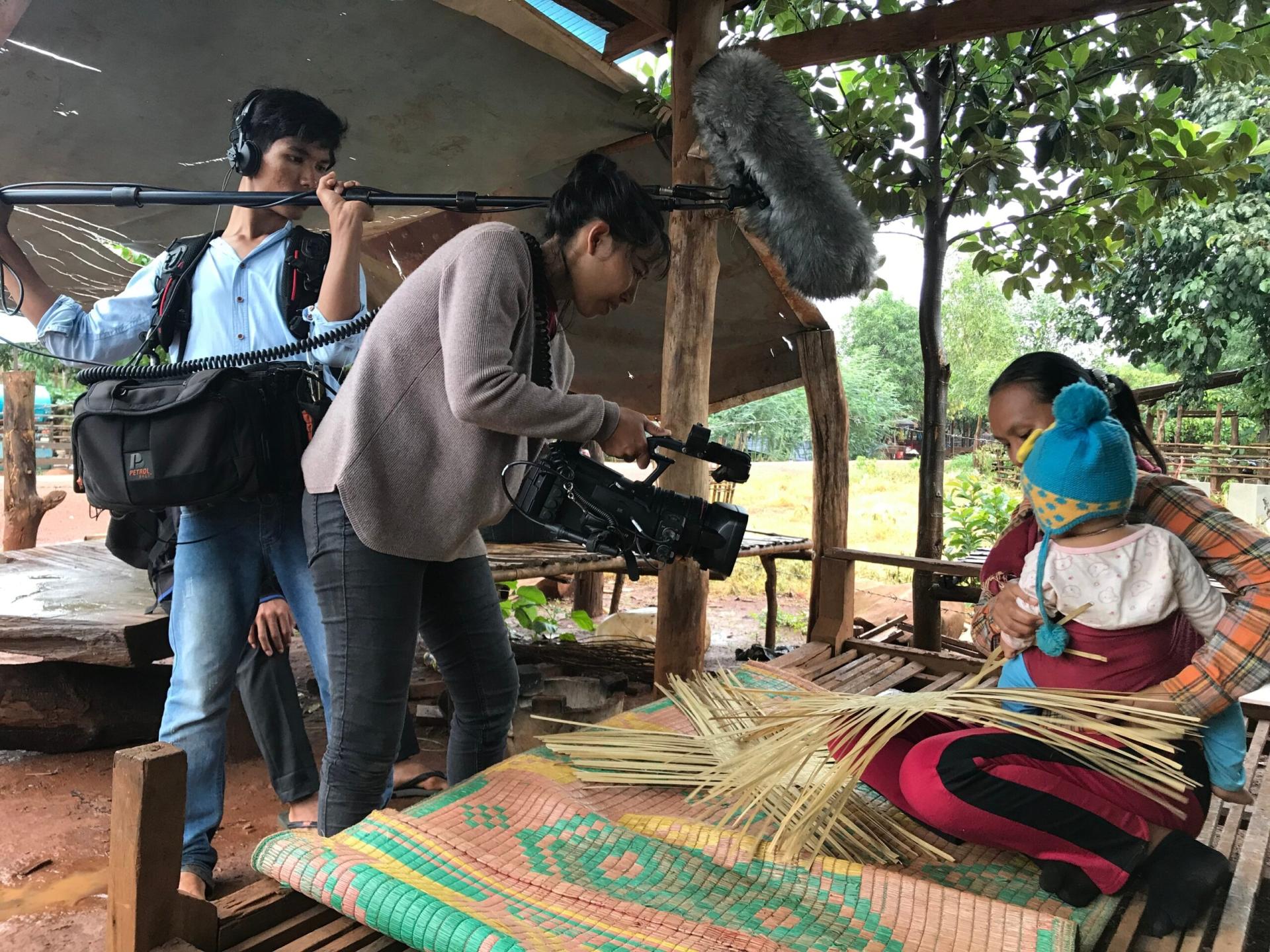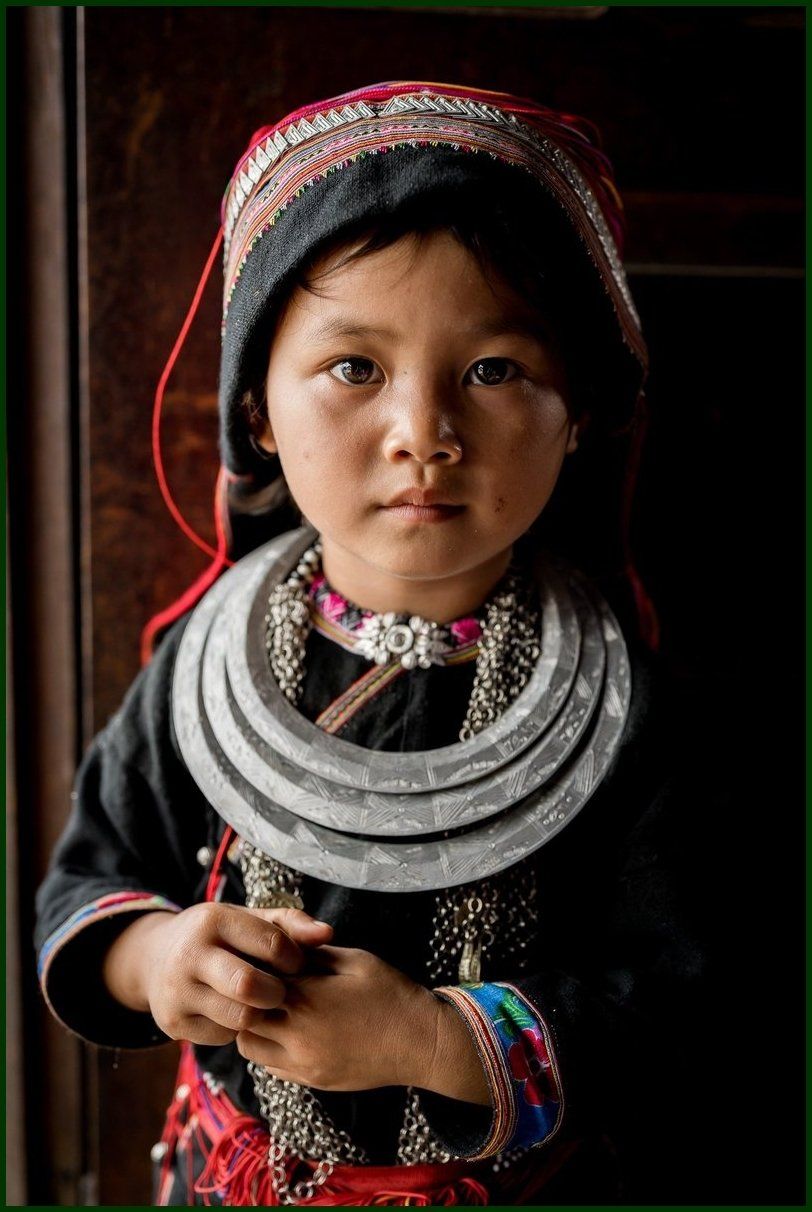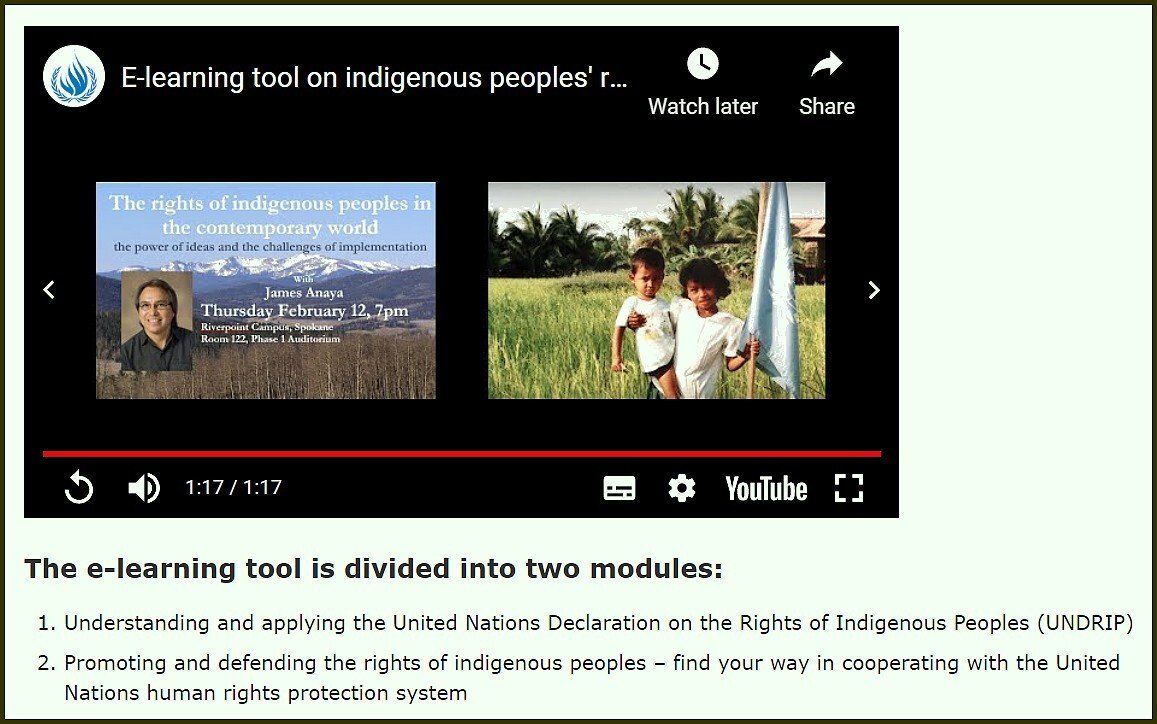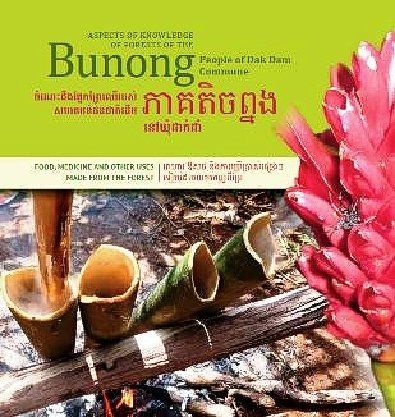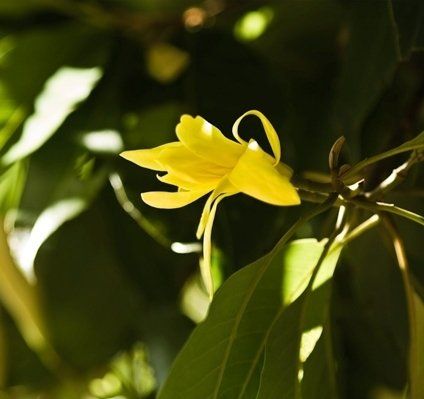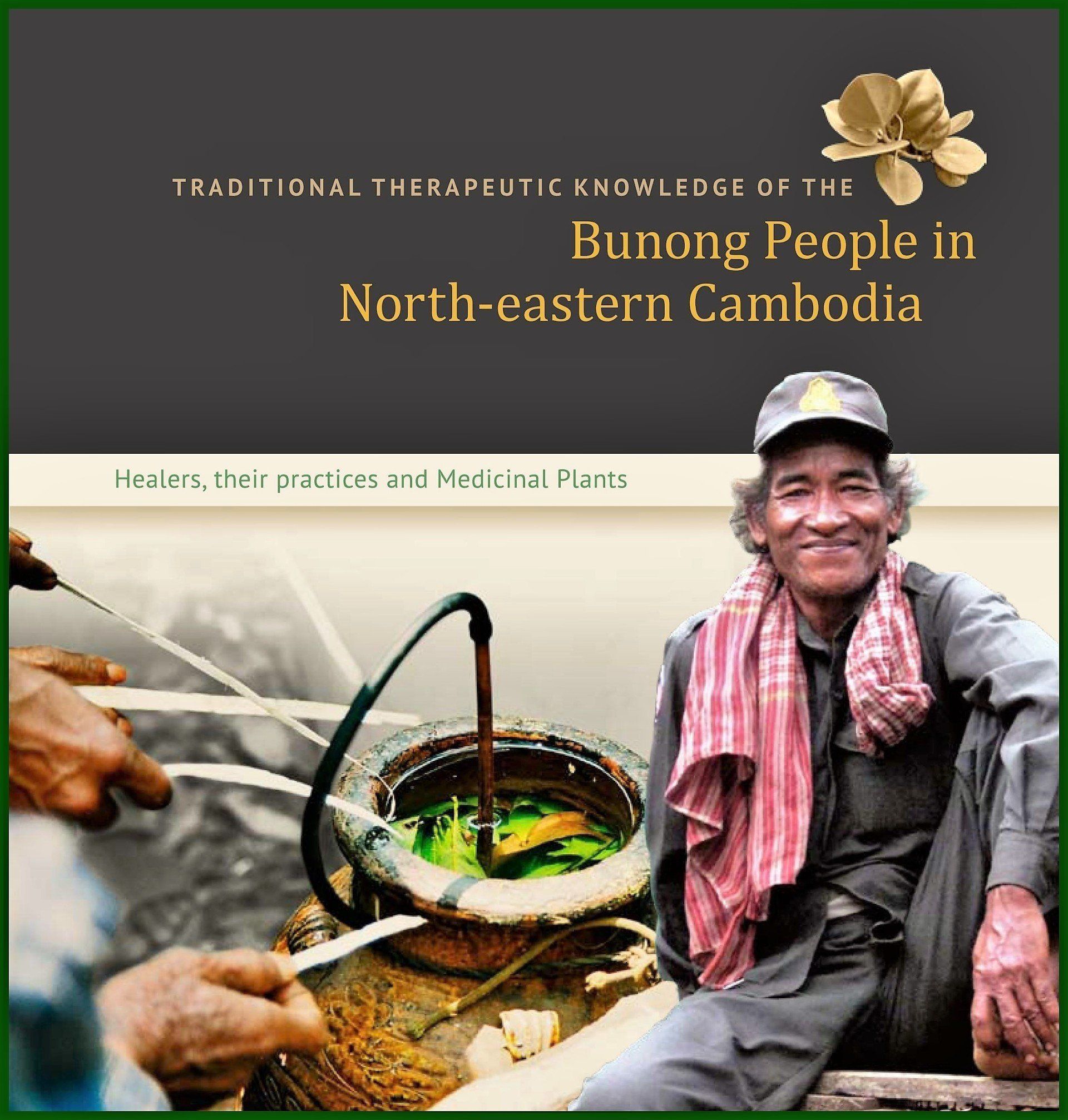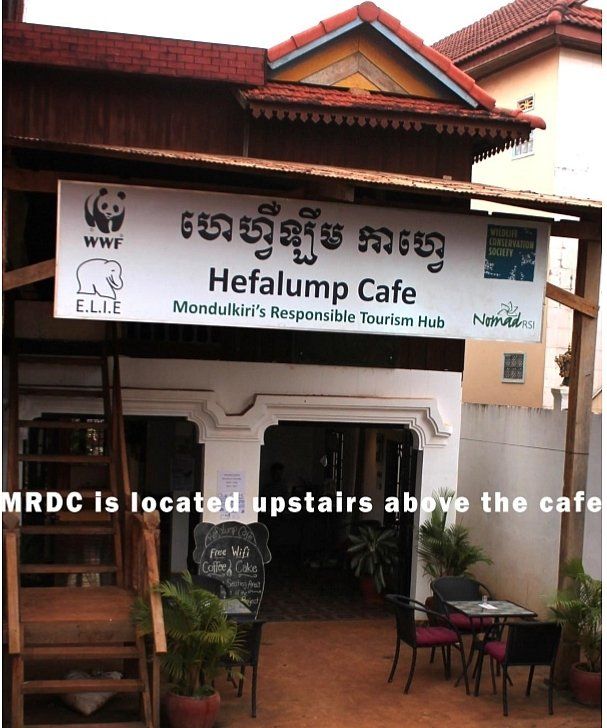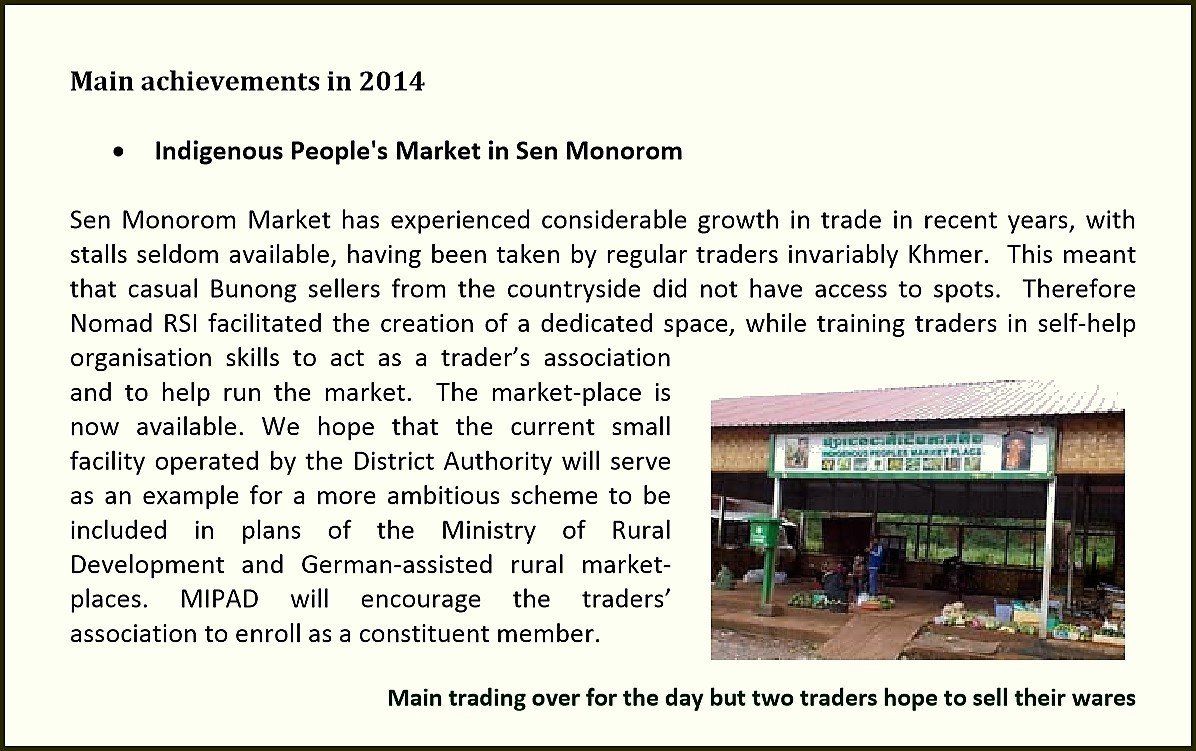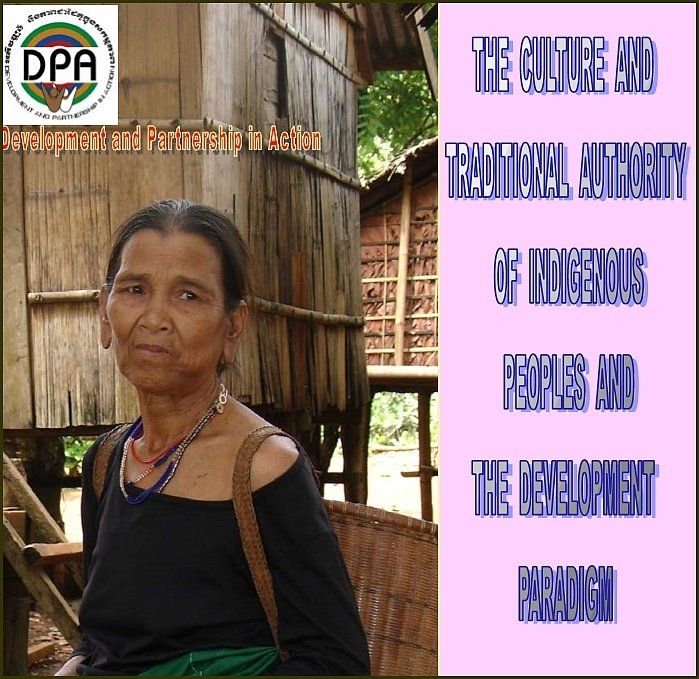Cambodia Mondulkiri Centre and Bunong Indigenous Minority
Stories of how remote groups of indigenous people must join the modern world.+A topical and archive summary of the highlights of Nomad RSI and MIPAD and like-minded NGOs.
▲
Great documentary filming of Kreung people in Ratanakkiri Province by Mourng Vet thanks to the Bophana Centre.
For some stunning of photography of Vietnam indigenous people, cousins of course of Cambodia's existing before modern nation states and borders, please go to this
South East Asia Globe Article. One excellent article with great images is "The Bunong; Caretakers of Cambodia Ancient Spirit Forests".
▼
Recent publication - Frederic Bourdier
My colleague Fredric Bourdier, a renowned expert on indigenous people of South East Asia released a new book in November 2020. Here is how he introduces it, sentiments I full agree with. It is a fact that all Cambodia's ethnic minorities have been subjected to enforced "Khmerization" since, before and after the notorious Khmer Rouge regime.
"Shortly speaking, the present book goes against this still rampant but wrong idea that the indigenous peoples have been complicit with the Pol Pot regime. I restore the Truth, demonstrating that this idea is totally wrong, and that they have been, like most people in Cambodia, victims of this ultramaoist regime. It was important to put this forward, and as a scientist/activist, it was also part of my duty.
The title of the book is: “Time of war, time of revolt, with the indigenous populations of Cambodia (The first popular Khmer Rouge controlled area in Ratanakiri (1967-1971)".
During the 1960s, the northern province of Ratanakiri, mostly inhabited by indigenous populations, became a scene of bitter confrontation between Prince Norodom Sihanouk's regular army and Cambodian Ultramaoist dissidents. The ground was not virgin: against the royal power, indigenous popular uprisings, supported by the Vietminh troops broken in guerrilla warfare, had prepared the ground. The Cambodian guerrillas, future leaders of a terror regime, skilfully managed to take advantage of these local revolts and give them a whole new meaning, concealing from the populations of the province their intention to establish a totalitarian regime. It was in Ratanakiri that the first Khmer Rouge foundation was established in 1970.
Long after the civil war and once order was restored, the indigenous populations - who were among the first victims of Angkar (the revolutionary ultramaoist organization) - will be indiscriminately associated with the Khmer Rouge genocide. Such a misunderstanding is rooted in a denial of history mixed with an insidious form of ethnic xenophobia: it is irresponsible. To render memory and justice to the indigenous populations of Cambodia, it is important today that a more objective history being restored. This is what has been achieved in this book, following the trajectories of various long term field-works since the 1990s and the following up of a teenager from the highlands of Ratanakiri, his family and his clan."
The UN has a good online learning tool to find out more about the rights of indigenous people. Click on the link here.
The Mondulkiri Centre Project and Website
Rare Medicinal Plant
I took this photograph as the flower was very pretty. Then we had to do research to find out about it and came across the most fascinating of Bunong stories.

